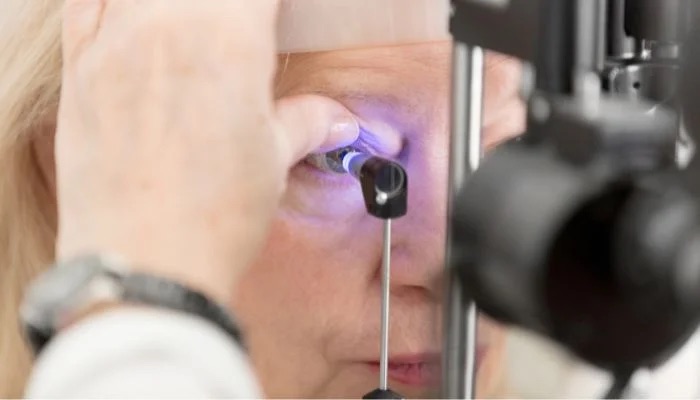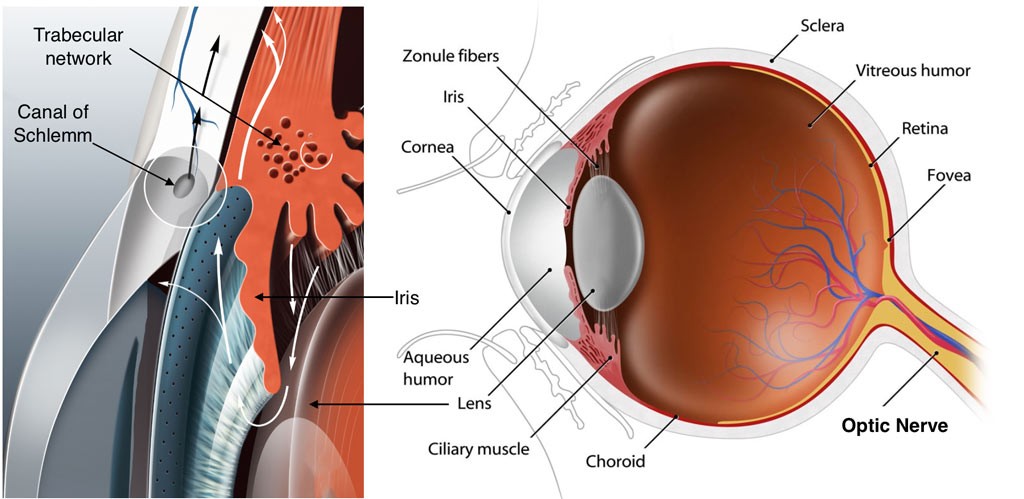Trends in the Evolution of Glaucoma Surgeries: Key Findings from a National Study
A significant shift in top trends in glaucoma surgery has been observed over the past decade. This shift is evident in a comprehensive study analyzing Medicare and Medicaid data. Conducted at the Department of Ophthalmology and Visual Science at Yale University, the study highlights the growing popularity of minimally invasive glaucoma surgery (MIGS) procedures. It also shows a substantial rise in iStent implantations, which are among the top trends in glaucoma surgery today.
Endocyclophotocoagulations
Key Findings and Trends
The study, conducted using data from the Centers for Medicare & Medicaid Services Part B National Summary database from 2011 to 2021, provides a detailed overview of the evolving landscape of glaucoma surgeries. Here are the significant findings:
1. Rise of the iStent:
– The iStent, approved by the FDA in 2012, has become a major player in glaucoma surgeries, accounting for almost 50% of procedures by 2021.
2. Decline in Traditional Procedures:
– Trabeculectomies: Once the gold standard, trabeculectomies saw a dramatic decline of 58.5%, from 2011 to in 2021.
– Endocyclophotocoagulations (ECPs): These procedures decreased significantly by over 94%, from 2011 to 2021.
3. Stable Glaucoma Drainage Devices (GDIs):
– The usage of GDIs fluctuated but remained relatively stable.
4. Growth in Other MIGS Procedures:
– Goniotomies
– Transluminal Dilations
– Ab Externo Shunts
Trabeculectomies
Implications and Future Directions
The study’s findings suggest a clear trend toward minimally invasive surgical options for glaucoma treatment. These procedures, including MIGS techniques like the iStent, reflect advances in medical technology. Moreover, they signify a shift in the surgical management of glaucoma. As a result, understanding these top trends in glaucoma surgery is essential for comprehending the current landscape of glaucoma treatment.
Further research is needed to explore the factors driving these trends. Additionally, ongoing efforts to improve patient outcomes are crucial. The shift toward less invasive procedures not only aligns with technological advancements but also with the goal of enhancing patient care and reducing recovery times. These are two of the most notable trends in glaucoma surgery.
Conclusion
In conclusion, the evolution of glaucoma surgeries marks a significant shift toward minimally invasive techniques. This change offers promising benefits for patients. The widespread adoption of the iStent and other MIGS procedures highlights ongoing advancements in ophthalmology. It also shows the commitment to improving surgical outcomes. As these changes continue, staying informed about the top trends in glaucoma surgery and the latest research will be vital for both patients and healthcare providers.
For more information and to discuss how these top trends in glaucoma surgery might affect your treatment plan, please schedule an appointment with our ophthalmology team. We are here to provide you with the most current and effective care options available.









